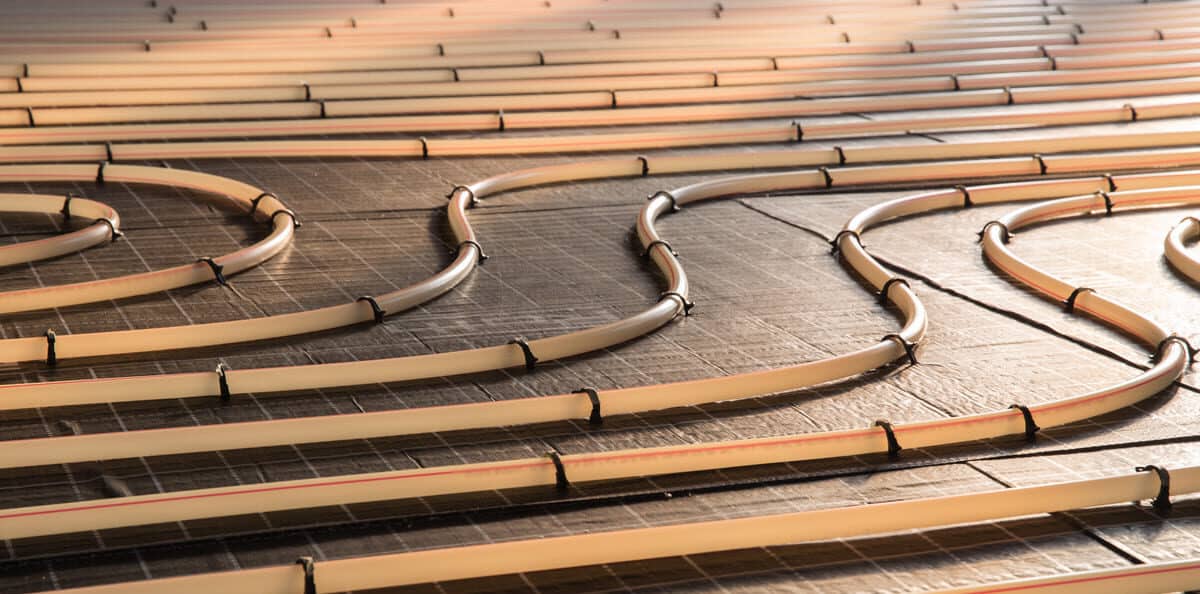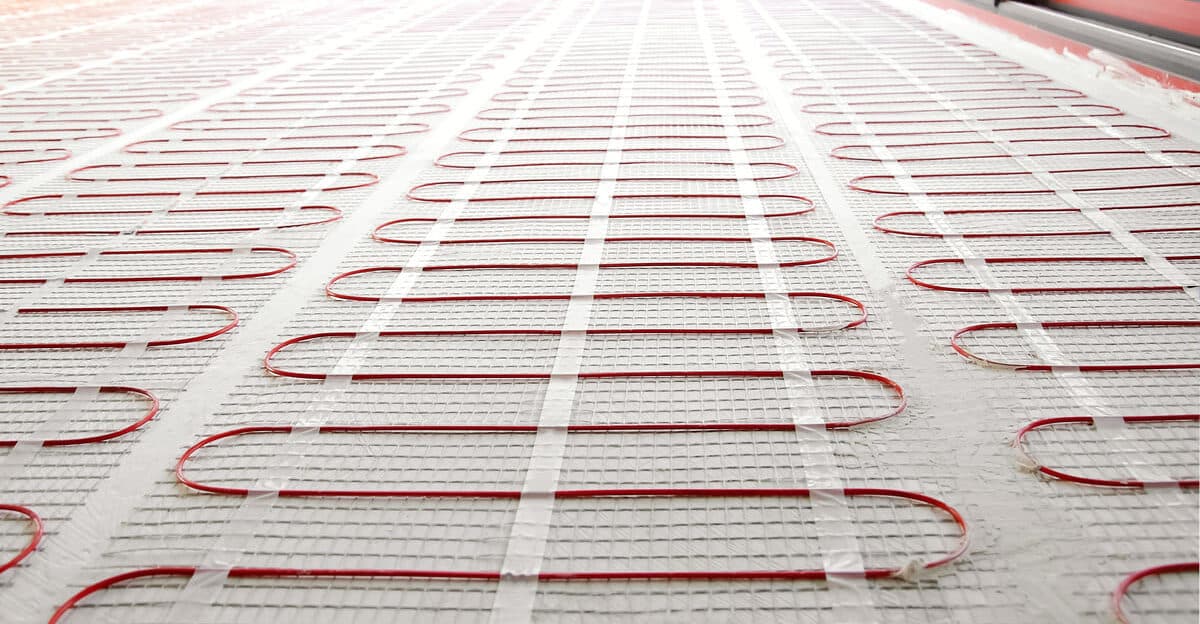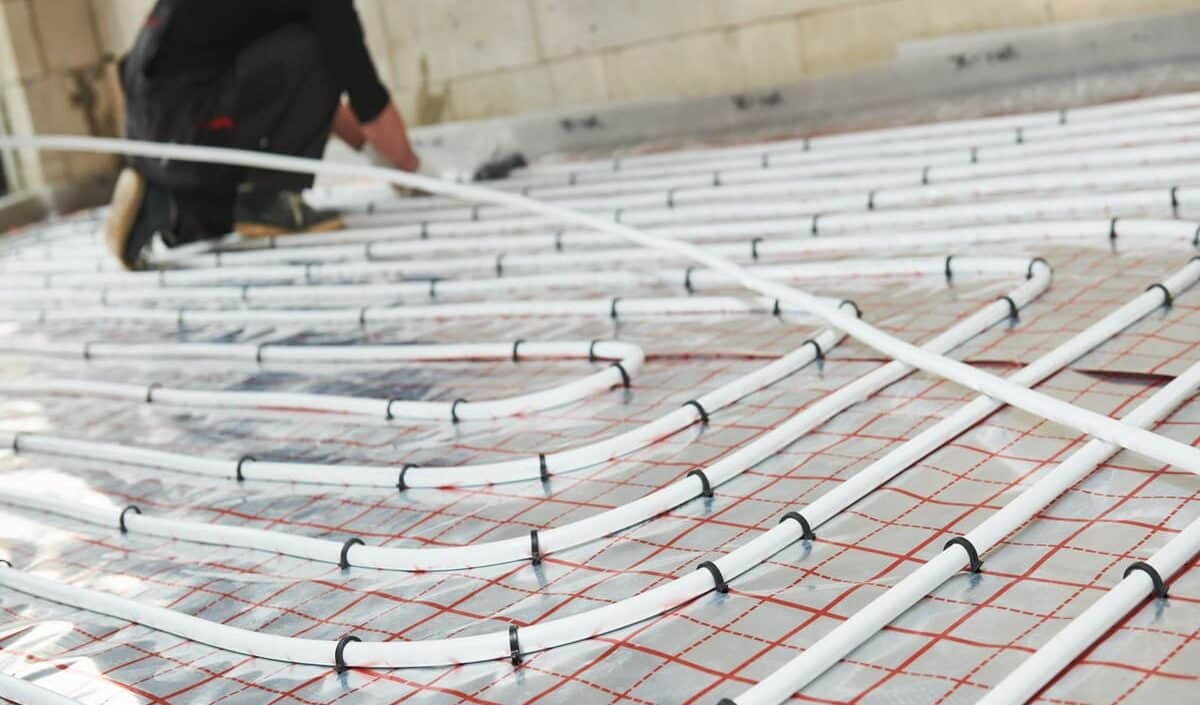

When it comes to underfloor heating systems for living rooms, there are two main options: electric and wet systems. Electric systems are easier to install and require less maintenance than wet systems, but they do come with higher running costs. Wet systems offer a more even heat distribution across the whole house, due to their greater thermal conductivity, but they can be more costly and complicated to install. Ultimately, the best system will depend on your individual needs and preferences.
Underfloor heating is a great way to make your living room more comfortable and energy efficient. Electric underfloor heating systems are an excellent choice for this, as they offer low profile designs and great heat output. They are easy to install and can be quickly heated up to create a warm and inviting environment in your home. They use energy efficiently and can save you money on your electricity bills. Electric underfloor heating systems are available in various sizes and configurations, so it’s easy to find the right one for your needs.
Wet underfloor heating systems are a great way to bring comfort and luxury to your living room. Installing UFH in your home can be more cost effective than traditional radiators, as it heats the whole room at a lower temperature. It works by pumping warm water through pipes that are laid beneath your floor covering or screed, creating an even spread of heat throughout the room. This type of system is suitable for most floor coverings including carpet, vinyl, tiles and laminate. It also has the potential to reduce energy bills and make a positive contribution to the environment.
Wet underfloor heating systems are a great way to bring comfort and luxury to your living room. Installing UFH in your home can be more cost effective than traditional radiators, as it heats the whole room at a lower temperature. It works by pumping warm water through pipes that are laid beneath your floor covering or screed, creating an even spread of heat throughout the room. This type of system is suitable for most floor coverings including carpet, vinyl, tiles and laminate. It also has the potential to reduce energy bills and make a positive contribution to the environment.
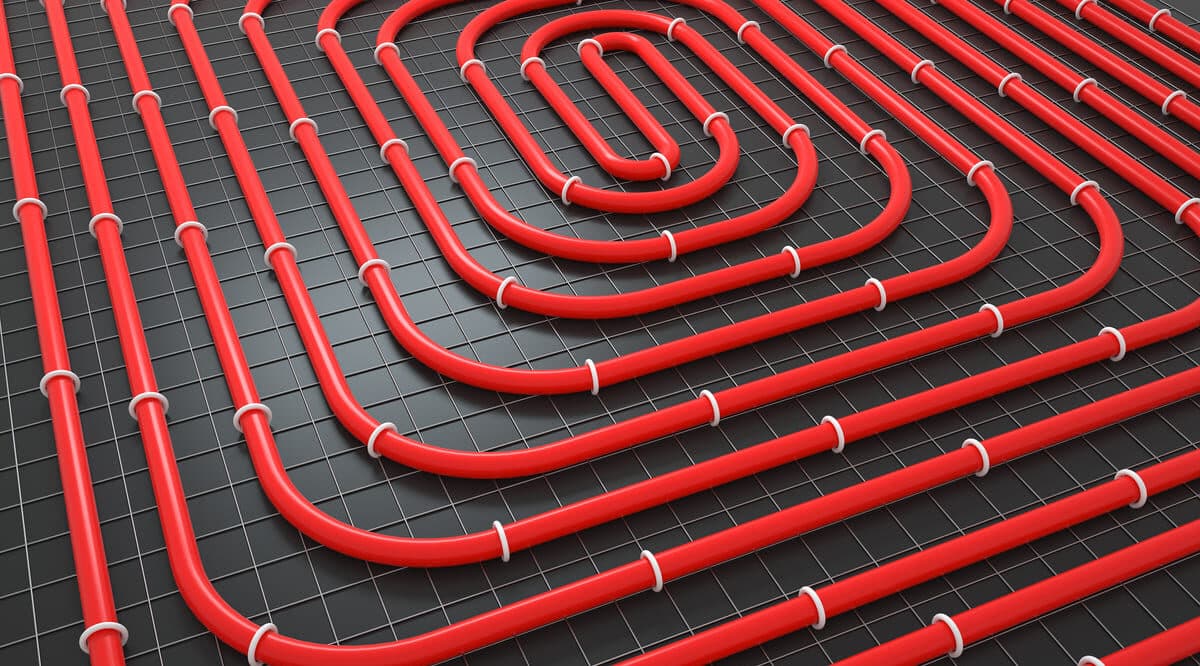
When it comes to floor coverings for underfloor heated living rooms, you have many options. Luxury vinyl tiles, stone flooring and porcelain tiles are all suitable materials. Vinyl tiles are cost effective, easy to install and offer a range of colours and styles. Stone floors give a luxurious finish and can be laid in various patterns. Porcelain tiles offer an array of shapes and sizes and can also be used with decorative mosaics. No matter what type of floor covering you choose, make sure it is compatible with your heating system to ensure maximum efficiency.
When installing underfloor heating in a living room, there are certain building regulations and requirements that must be met. These include ensuring adequate wall space is available for the installation, as well as ensuring the cement screed on which the UFH will be installed is correctly laid. If an existing radiator system is present, it should be removed before the installation of underfloor heating to avoid any potential issues with compatibility. Additionally, when replacing a traditional radiator system with UFH, you should ensure that all necessary building regulations are adhered to.
We Are Also Available to Offer Heat Pumps Related Advice
To find out more about our services, get free quotations, or arrange an appointment, call this number 0204 586 6171.
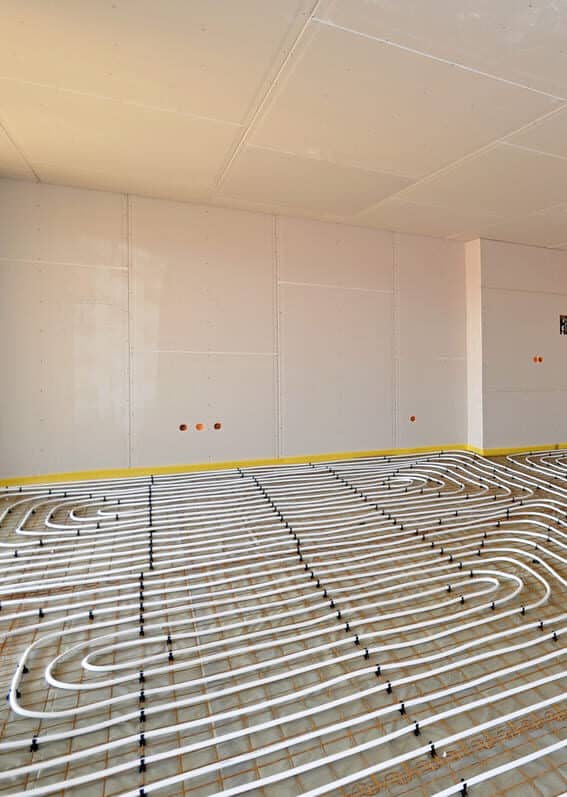
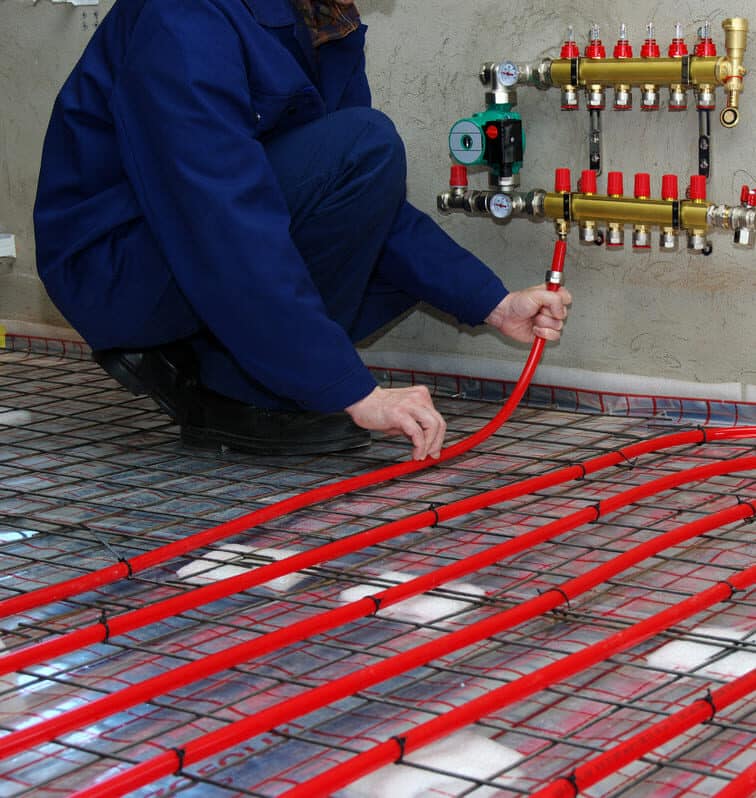
The different living room underfloor heating options available from our company include electric and hydronic systems, which can be installed as part of an entire heating system or used to supplement existing radiators to eliminate cold spots.
The main benefits of installing underfloor heating in your living room are increased comfort, improved energy efficiency and minimal disruption to existing sub-floors during renovation projects.
No, our underfloor heating systems are designed to retain heat and offer low running costs without needing a special boiler.
The time it takes for a living room underfloor heating system to warm up depends on the size of the room and the installation process. It’s pretty fast.
Yes, heated floors can retain heat and provide energy efficiency to the whole living room.
Our low profile underfloor heating systems are compatible with a wide range of floor finishes, including hardwood, laminate, carpet, and tile.
For living room renovation projects, the best place to install an underfloor heating thermostat is on an interior wall away from windows and doors.
Yes, living room underfloor heating systems can be easily repaired or replaced with new radiators or floor screed.
The cost of installing underfloor heating in a living room depends on the size of the room, the type of floor finishes, and how well it will retain heat.
The cost of running a living room underfloor heating system will depend on the type of floor finishes used and the scale of the renovation project.
Yes, living room underfloor heating is usually cheaper to run than radiators, making it an ideal choice for renovation projects with low running costs.
The lifespan of living room underfloor heating depends on the type of floor finish used and how well it is maintained. Generally, it can last 15-25 years before needing to be replaced.

